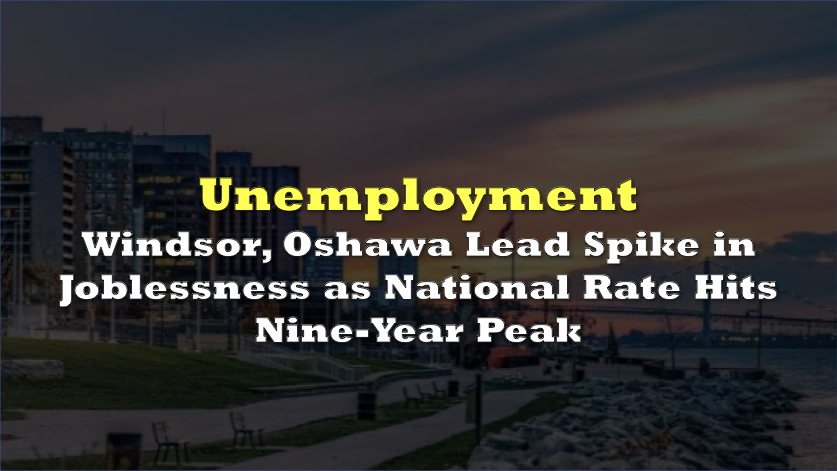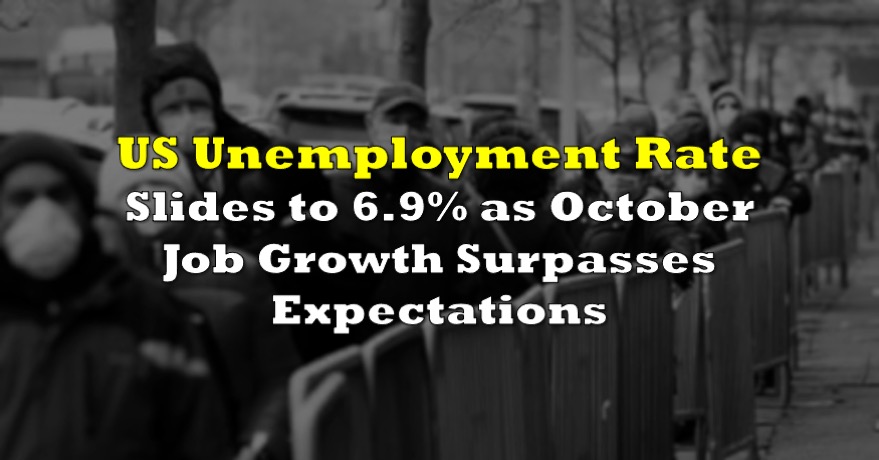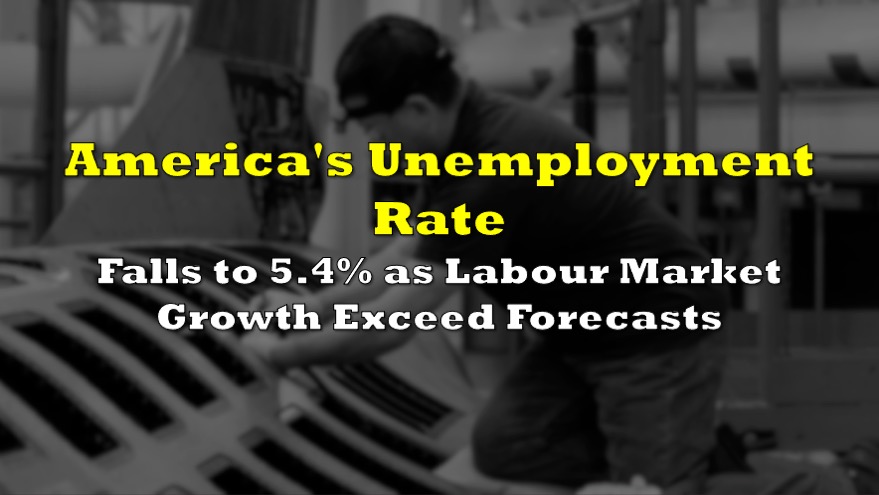Canada’s seasonally adjusted unemployment rate rose to 7.0% in May 2025, marking the highest level outside the COVID-19 era since September 2016.
Statistics Canada reported that 1.6 million Canadians are now without work—a year over year increase of nearly 14%—underscoring that “people are facing greater difficulties finding work in the current labour market.”
While the country dodged mass layoffs, the slow pace of hiring has rippled unevenly across Census Metropolitan Areas, with Ontario bearing the brunt of the downturn. In Windsor, the unemployment rate surged from 7.8% in May 2024 to 10.8% a year later. Nearby Oshawa jumped from 5.3% to 9.1%, and Barrie shot up from 6.2% to 8.4%.
Toronto—long viewed as Canada’s economic engine—saw its rate climb from 7.8% to 8.8%.
These jumps in unemployment are insane.
— red pill rick (@igetredpilled) June 6, 2025
Windsor: 7.8 to 10.8
Oshawa: 5.3 to 9.1
Toronto: 7.8 to 8.8
Barrie: 6.2 to 8.4
Ontario is getting hammered. pic.twitter.com/8HPqMbqmSY
By contrast, Ontario’s smallest CMAs exhibited more muted shifts: Hamilton’s rate ticked up from 6.0% to 6.7%, while Kitchener–Cambridge–Waterloo rose from 6.0% to 7.3%. St. Catharines–Niagara bucked the provincial trend with a decline from 8.0% to 7.1%.
In Quebec, Montréal climbed from 5.5% to 6.9% and Québec City from 3.8% to 4.6%. B.C.’s Victoria remained the tightest labour market at 3.7%—up only slightly from 3.3%—and Saskatoon’s rate edged down from 4.8% to 4.6%.
Analysts attribute the broader stall in job creation partly to US-imposed tariffs on Canadian steel, aluminum and automobiles. Doug Porter, chief economist at BMO Capital Markets, noted that “on the surface it seems like a stable situation,” but warned it is “early days to judge” the full tariff impact.
Indeed, only wholesale and retail trade posted net gains (+57,700 full-time positions), while manufacturing shed 48,800 part-time roles and government hiring contracted as election-related contracts expired.
Rising unemployment duration—now averaging 21.8 weeks versus 18.4 weeks a year ago—combined with stagnant wage growth (3.5% YoY) suggests that slackening labour demand may eventually temper inflation pressures.
Bond markets have already reacted: two-year yields ticked up four basis points to 2.672%, and odds of a July rate cut by the Bank of Canada remain slim.
Information for this story was found via Reuters and the sources and companies mentioned. The author has no securities or affiliations related to the organizations discussed. Not a recommendation to buy or sell. Always do additional research and consult a professional before purchasing a security. The author holds no licenses.









